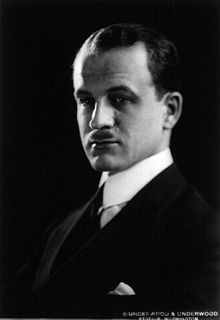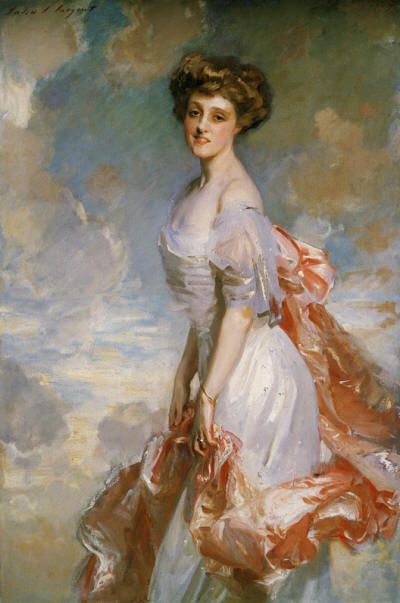

Queer Places:
Harvard University (Ivy League), 2 Kirkland St, Cambridge, MA 02138
2121 Massachusetts Ave NW, Washington, DC 20008
Oxon Hill Manor, 6411 Oxon Hill Rd, Oxon Hill, MD 20745
Rock Creek Cemetery, 201 Allison St NW, Washington, DC 20011
 Benjamin
Sumner Welles (October 14, 1892 – September 24, 1961) was an American
government official and diplomat in the Foreign Service. He was a major
foreign policy adviser to President Franklin D. Roosevelt and served as Under
Secretary of State from 1936 to 1943, during FDR's presidency. Campaigning in
San Diego on October 28, 1964, just days before the 1964 presidential
election, President Lyndon Johnson was questioned about morality in his
administration. Johnson replied that every administration had its scandals and
cited the case of Eisenhower's appointments secretary, thus confirming Drew
Pearson's outing
Arthur H. Vandenberg Jr. Later that evening, Johnson described his San
Diego response to Attorney General Nicholas Katzenbach: I said that every
administration has these problems ... Now the press plays it up pretty big, as
if I indicted Eisenhower as having a pervert as his appointments secretary ...
I did not intend to do that ... My thought was that every President I'd known
[had such problems]. From Hoover when he had
Andrew Mellon ... to Roosevelt with
Sumner Welles, to Truman with
Matt Connelly and with
Harry Dexter White,
Eisenhower with Vandenberg.
Benjamin
Sumner Welles (October 14, 1892 – September 24, 1961) was an American
government official and diplomat in the Foreign Service. He was a major
foreign policy adviser to President Franklin D. Roosevelt and served as Under
Secretary of State from 1936 to 1943, during FDR's presidency. Campaigning in
San Diego on October 28, 1964, just days before the 1964 presidential
election, President Lyndon Johnson was questioned about morality in his
administration. Johnson replied that every administration had its scandals and
cited the case of Eisenhower's appointments secretary, thus confirming Drew
Pearson's outing
Arthur H. Vandenberg Jr. Later that evening, Johnson described his San
Diego response to Attorney General Nicholas Katzenbach: I said that every
administration has these problems ... Now the press plays it up pretty big, as
if I indicted Eisenhower as having a pervert as his appointments secretary ...
I did not intend to do that ... My thought was that every President I'd known
[had such problems]. From Hoover when he had
Andrew Mellon ... to Roosevelt with
Sumner Welles, to Truman with
Matt Connelly and with
Harry Dexter White,
Eisenhower with Vandenberg.
Born in New York City to a well-connected political family, Welles graduated from Harvard in 1914 and soon entered the Foreign Service at the advice of Roosevelt, who was a family friend. He became an expert on Latin American diplomatic affairs, and served several posts in the U.S. and Latin America. After a personal conflict with President Calvin Coolidge caused him to leave public service, he spent time in quiet retirement, penning a book on the history of the Dominican Republic.
When Roosevelt was elected President in 1932, he installed Welles as Assistant Secretary of State for Latin American Affairs, in which role he was heavily involved in negotiations that removed Cuban president Gerardo Machado from power and replaced him with rival Carlos Manuel de Céspedes y Quesada. He was later promoted to Under Secretary of State, in which role he continued to be active in Latin American issues, but also expanded into European affairs as World War II (which America was not yet formally involved in) began in Europe. In 1940, he issued the Welles Declaration which condemned Soviet occupation of the Baltic states and proved to be a minor point of contention among the Soviets and their Western allies once the U.S. entered the war.

Mathilde Scott Townsend Welles by John Singer Sargent
Welles was forced out of government service when it was revealed he had solicited two men for sex. Returning to private life, he continued to author books on foreign relations and became an advisor to media organizations. He was a target of the House Un-American Activities Committee during the post-war "red scare", though he was never formally sanctioned. He died in New Jersey in 1961, survived by his third wife and several children.
On April 14, 1915, Sumner Welles married Esther "Hope" Slater of Boston, the sister of a Harvard roommate, in Webster, Massachusetts.[50] She came from a similarly prominent family that owned a textile empire based in Massachusetts.[51] She was descended from industrialist Samuel Slater and granddaughter of the Boston painter William Morris Hunt. Welles and his wife had two sons:
In 1923, Slater obtained a divorce from Welles in Paris "on grounds of abandonment and refusal to live with his wife."[50]
Welles occasionally gained public notice for his art dealings. In 1925, for example, he sold a collection of Japanese screens that had been on exhibit at the Metropolitan Museum of Art for several years.[52]
On June 27, 1925, Welles married Mathilde Scott Townsend (1885–1949), "a noted international beauty" whose portrait had been painted by John Singer Sargent, in upstate New York.[50][12][53] Until World War II, the Welles' lived on Massachusetts Avenue in Washington, D.C., in the landmark Townsend Mansion, which later became the home of the Cosmos Club.[54] Mathilde died of peritonitis in 1949 while vacationing in Switzerland with Welles.[12]
Welles spent the bulk of his time a few miles outside of Washington in the Maryland countryside at a 49-room "country cottage" known as Oxon Hill Manor designed for him by Jules Henri de Sibour and built on a 245-acre property in 1929.[55][56] He entertained foreign dignitaries and diplomats there and hosted informal meetings of senior officials. FDR used the site as an occasional escape from the city as well.[55]
On January 8, 1952, Welles married Harriette Appleton Post, a childhood friend, in New York City at the bride's home on Fifth Avenue.[57][58]
He died on September 24, 1961 at age 68 in Bernardsville, New Jersey.[60] He is buried in Rock Creek Cemetery in Washington, D.C.[61]
My published books: